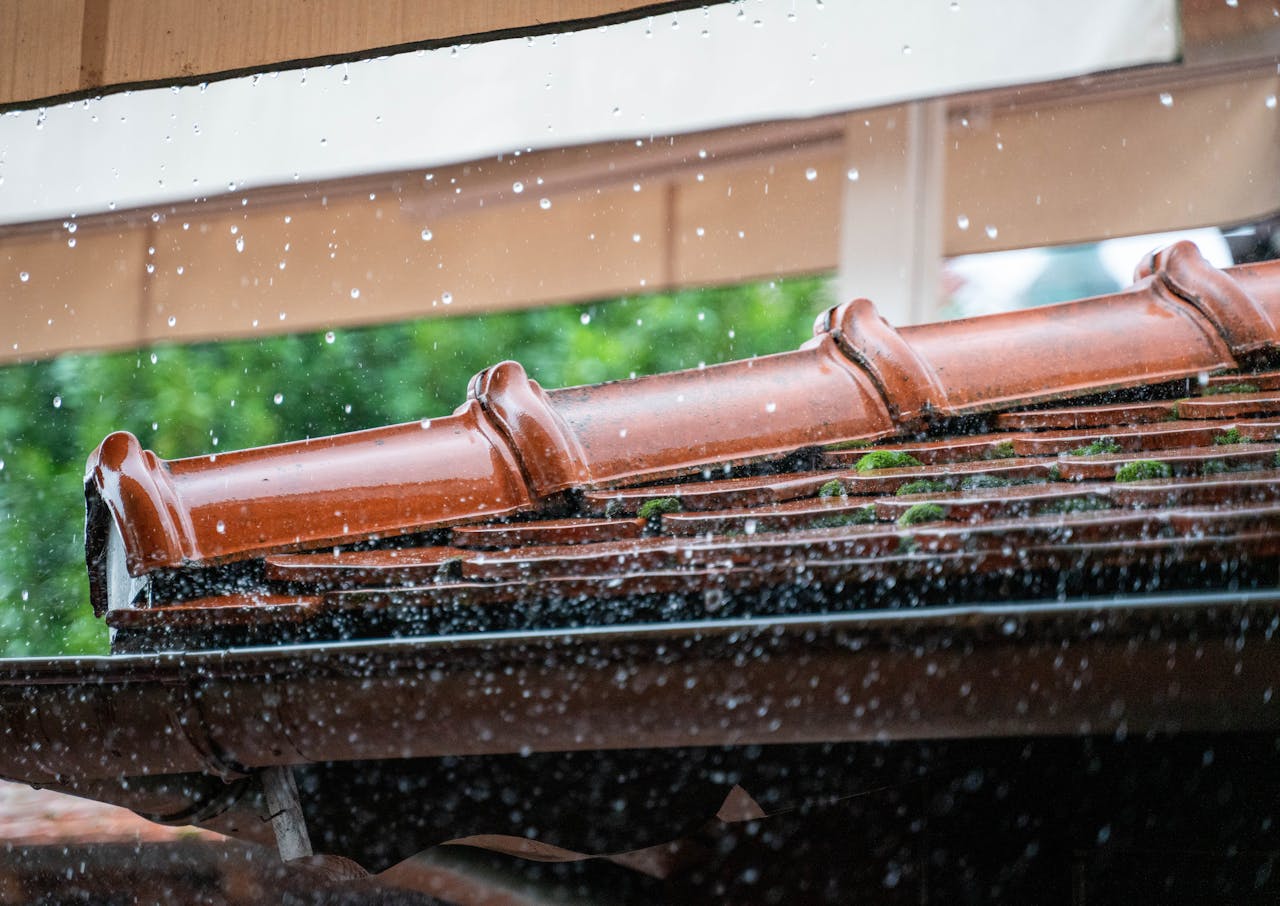
Collecting rainwater is a smart and sustainable way to reduce your water usage – whether for your garden, outdoor cleaning, or long-term storage. With increasing concerns about water scarcity and environmental sustainability, utilizing rainwater can significantly contribute to water conservation efforts. But how much water can your roof or driveway really capture? Understanding this can help you optimize your rainwater harvesting system and ensure you have enough water for your needs.
With a few simple values, you can estimate your monthly or yearly rainwater yield. Here’s how it works.
The first step in calculating your potential rainwater yield is to measure the catchment area, which is typically your roof or any other paved surface. This area is usually measured in square meters (m²). To find this, multiply the length by the width of the surface. For example, if your roof is 10 meters long and 8 meters wide, your catchment area is 80 m². This measurement is crucial as it directly influences the volume of rainwater you can collect.
It's important to note that the shape and slope of your roof can also affect the catchment area. A sloped roof might have a larger surface area than a flat one, which can increase the amount of rainwater collected. Additionally, consider any obstructions like chimneys or skylights that might reduce the effective catchment area.
For more intricate roof designs, it might be necessary to break down the roof into sections and calculate each separately before summing them for a total catchment area. Complex roof structures like multi-level roofs may require more detailed measurements but provide more potential for collecting water when accounted for properly.
Different materials absorb or shed water differently, affecting how much rainwater you can actually collect. This is where the runoff coefficient comes into play. The runoff coefficient is a factor that accounts for the efficiency of water collection based on the surface type. Here are some common coefficients:
To calculate the effective collection area, multiply your catchment area by the appropriate runoff coefficient. For instance, if you have a tiled roof with an area of 80 m², your effective collection area would be 80 m² × 0.8 = 64 m².
It's also worth considering the condition of your roof. A well-maintained roof will have a higher runoff efficiency compared to one that is old or damaged. Regular maintenance can help maximize your rainwater collection potential by ensuring that the surface remains unobstructed and efficient at directing water towards your collection system.
Rainfall varies significantly depending on your location. Knowing the average annual rainfall in your area is essential for estimating your potential rainwater collection. For example, in Europe, the average annual rainfall ranges from 600 to 1,200 mm. This value indicates how many liters of rain fall on one square meter annually. You can usually find this information from local meteorological services or online databases.
Consider the variability of rainfall throughout the year. Some regions experience heavy rainfall during certain seasons and very little during others. Understanding these patterns can help you plan your water storage and usage more effectively. For instance, in Mediterranean climates, you might experience wet winters and dry summers, necessitating a strategy that prioritizes storage in the wetter months.
Decide whether you want to calculate your rainwater yield on a yearly, monthly, or seasonal basis. This decision will influence the average rainfall value you use in your calculations. For instance, if you are interested in collecting rainwater primarily during the summer months, use the average rainfall for that specific period. This approach allows you to tailor your calculations to your specific water needs and storage capacity.
For example, if you live in an area with dry summers, you might want to focus on collecting rainwater during the wetter months to ensure you have enough stored for the dry period. Conversely, if your area experiences consistent rainfall throughout the year, you can plan for a more balanced collection and usage strategy. Selecting the right timeframe for your needs can help you optimize the efficiency of your rainwater harvesting system.
Not all the rainwater that falls on your catchment area will be collected and stored. You should account for potential losses due to overflow, evaporation, or leaks in your collection system. A common practice is to consider a 5–10% loss. For example, if your calculated potential collection is 10,000 liters, you might realistically expect to collect between 9,000 and 9,500 liters.
To minimize losses, ensure that your collection system is well-maintained and free of leaks. Regularly check your gutters and downspouts for blockages and clean them as needed. Installing a first flush diverter can also help by directing the initial flow of dirty rainwater away from your storage tank, reducing contamination and improving water quality.
To simplify the process, consider using an online rainwater calculator. These tools allow you to input your catchment area, surface type, and location to quickly estimate your potential rainwater harvest. They can save you time and ensure accuracy in your calculations, making it easier to plan your rainwater harvesting system effectively.
Online calculators can also provide additional insights, such as the optimal size for your storage tank based on your collection potential and usage needs. This information can be invaluable when designing or upgrading your rainwater harvesting system.
Conclusion: Rain is free – and with just a little planning, you can make the most of it. Good for the environment, your garden, and your wallet. Consider using our online tool to simplify your calculations and optimize your rainwater harvesting system.